Dear WinkWorld Readers,
If you are a reader of this blog, you are aware of my interest in prairie pedagogy, which is nothing more than teaching and learning in a rural setting–very rural. These isolated schools on the prairies with 10 to 15 kids and one or two teachers are fascinating for me. Presently, I am absolutely smitten with a particular group of kids, who are sort of like the din-in-my-head, because I think about them so much. Sometimes, I think of this as “kid-din.”
Below I am posting two previous blogs, which I have written about “Kid-din.”
These are the kids, who have captured my heart*, as they enjoyed a field trip to Wind Cave in the Black Hills.
In addition, if you are a reader of this blog, you know that I am a big believer in real reading, not fake reading. Real reading is independent reading–just like we, adults, do in real life. When we have access, choice, and time, we grab a book and see what is going to happen. If a child or adult say they don’t like to read, it is only because they have not yet grabbed the right book. Keep grabbing.
When we, adults, do real reading, we don’t take tests on our reading, and we don’t fill out work-sheets on our reading. We might ask a family member what an unfamiliar word means, or if we bump into that new word two or three times, we might figure it out from context. If not, we might then actually Google it to find the meaning…but, only when all else fails.
We read for a purpose: to relax, to learn, to escape, etc. Does real reading really help reading? Yes.
Does real reading really help real reading? The Book Whisperer answers.
Sometimes in my passion to turn all of you into avid readers, I have to make-up new words–words like kid-din, real reading, fake reading, or even road warrior reading. What in the world is that?
Or, junk literacy: Huh?
Do I make up silly words about serious stuff? Yes, I’m guilty.
Today I want to add to my tongue-in-cheek-terminology, with a new term: Free-range reading, which is designed specifically for one way to end the school year on the prairies, but I am pretty sure that this can be adapted to fit urban areas, too.
MATERIALS NEEDED:
•An impassioned teacher who has been leading kids to literacy all year.
•Wild and crazy readers and/or reluctant readers, who still have not yet found the right book.
•Stacks of books, which have been loved and read throughout the school year.
•One sheet of blank paper on each child’s desk…just in case they have something they need to write or draw during the forthcoming discussion. Teacher quickly grabs these, when the activity is finished One never knows what kids will need to write.
•One long sheet of poster paper. (If your class has more than 15 students, you will probably need several long sheets of poster paper as you may want to adapt the activity to be a small group activity. In our small K-8 rural school, I can guarantee that we will do this as a whole class activity–I love the interaction among the assortment of K-8 students.)
AGE GROUPS:
Any age. In our particular case it will be for readers from 5 to 75.
PURPOSE:
To capture our memories of lovin’ that literacy in 2018-2019 Academic Year.
HOW TO BEGIN:
Teacher begins by holding up one book and asks questions about it. I promise that the teacher will soon be interrupted by ideas and memories from the kids. Eventually, this first book will end up being passed around and will finally land on the desk of the student, who really loved it the most.
Teacher grabs second book, and repeats this process.
Teacher grabs third book, etc.
After about 30 minutes of remembering books throughout the year, we will move to one table with our one long piece of butcher paper. Larger classes may want to use small groups. Each child is asked to draw one picture, which captures the story of one of the books. In addition to the title of the book, authors’ and illustrators’ names must be included on the poster paper. Below each drawing, each student is asked to write this one sentence:
The thing I remember most about this book is…
The following photos were all taken on a magical day in 2017, when the teacher, Missy Urbaniak, created this activity….I am just the storyteller.
Meet our treasured teacher, Missy Urbaniak.
 Thanks for reading my blog, WinkWorld.
Thanks for reading my blog, WinkWorld.
*Just as the Benson Kids did; just as the Turlock teachers did.






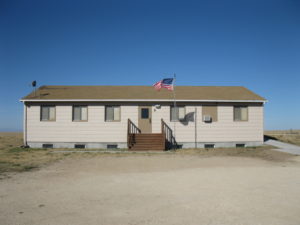

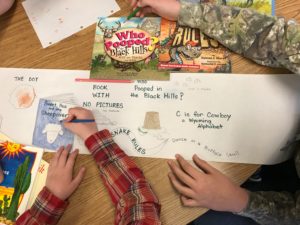
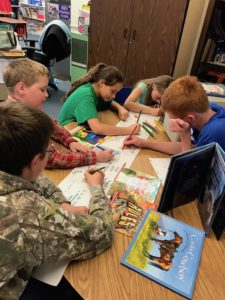
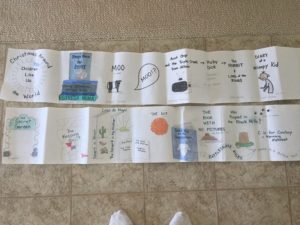
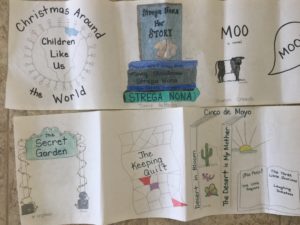
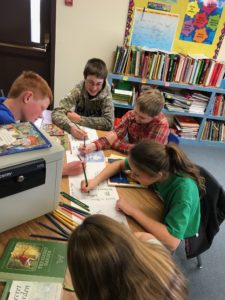


at 1:31 am
Very interesting blog. I like these good ideas.This special school, students, and teacher caught my attention since I have had the opportunity to teach there in the past. It is too bad more people have not had the chance to experience a country school like Atall. This school is lucky to have such an exceptional teacher like Missy Urbaniak and Mr. Erfman, and the students are kind, smart, and just amazing.
at 9:39 pm
Thanks for your comments, Debbie. Yes, I think Missy Urbaniak and Mr. Erfman are stellar – and, so are you!!